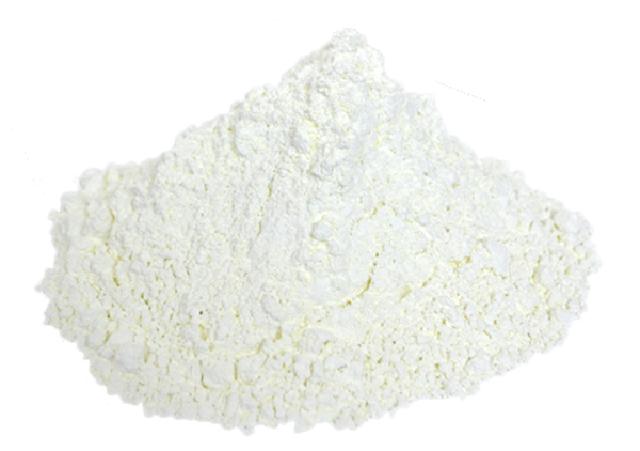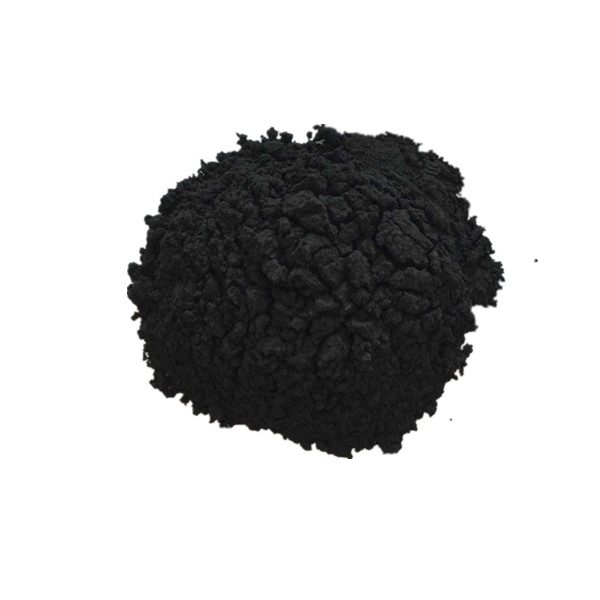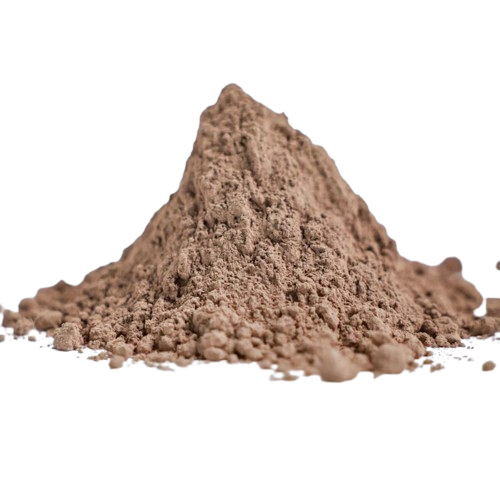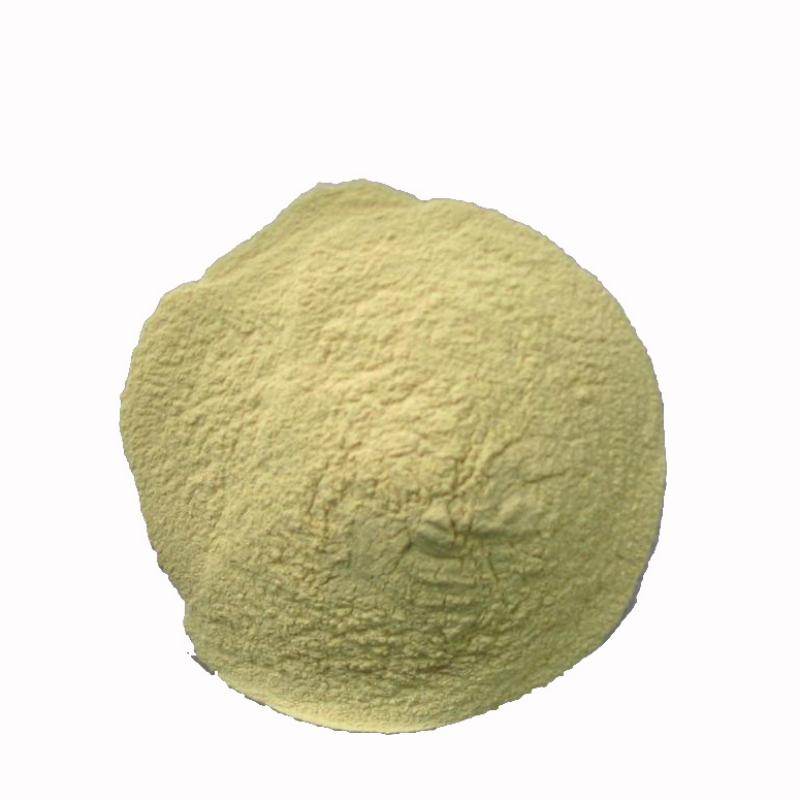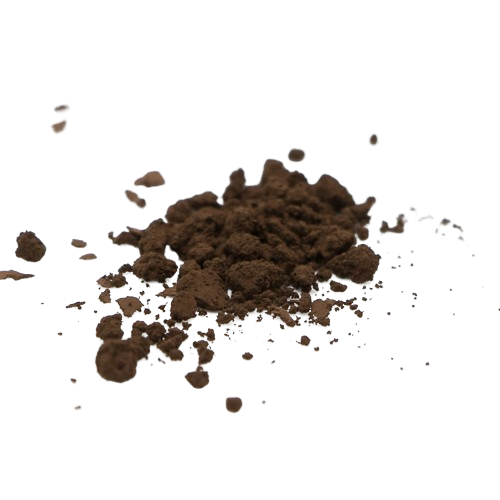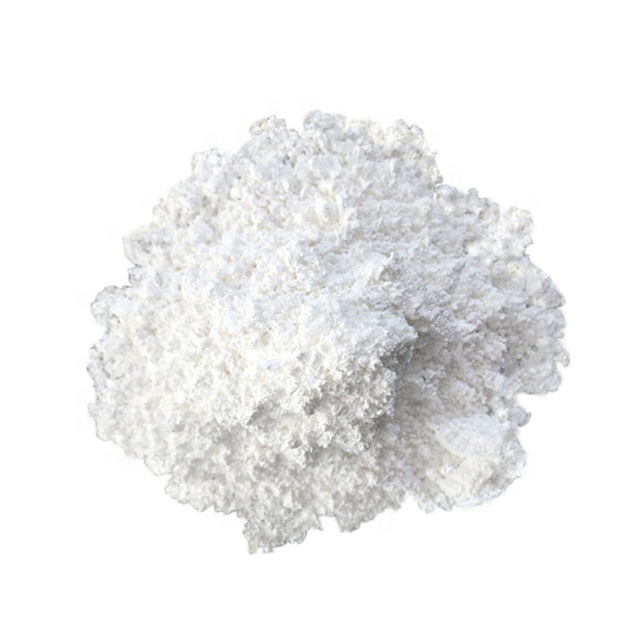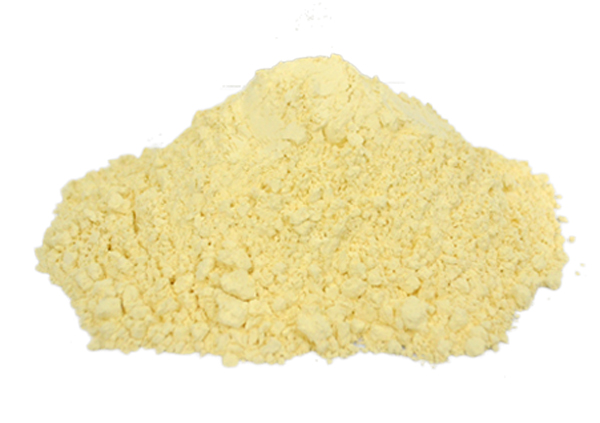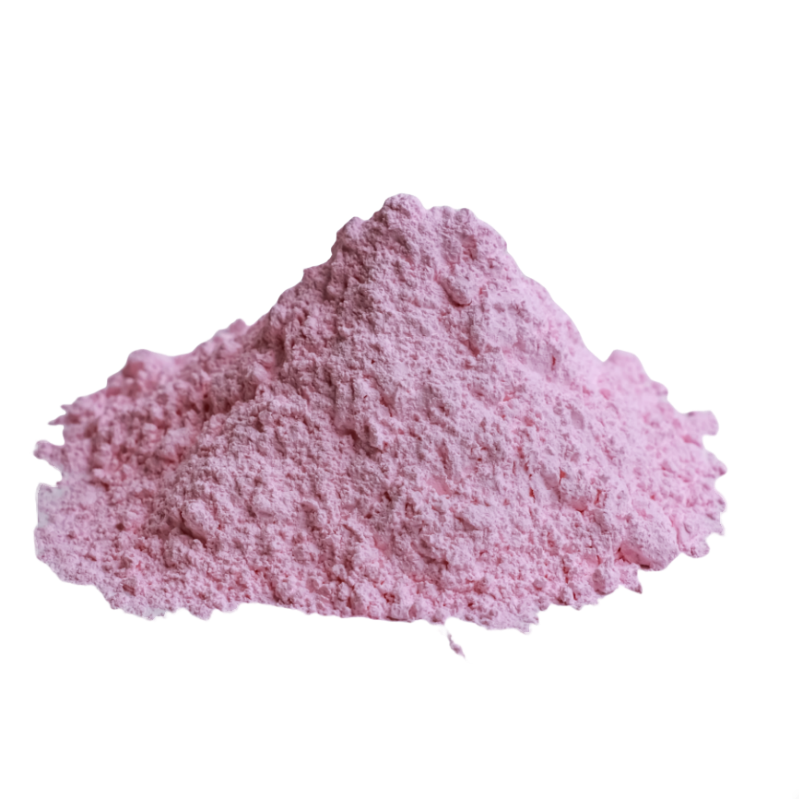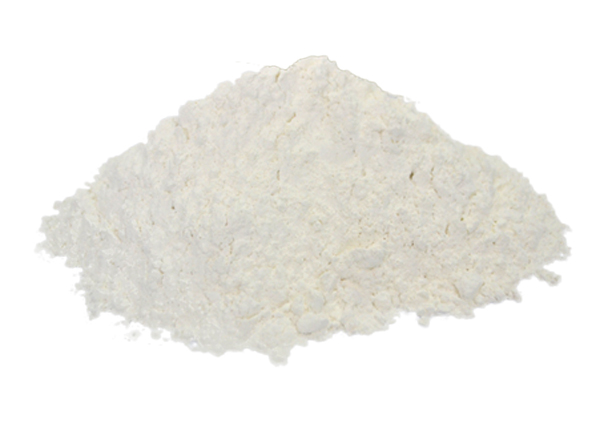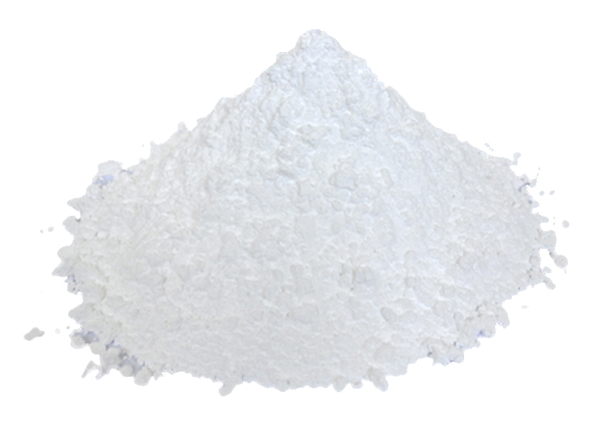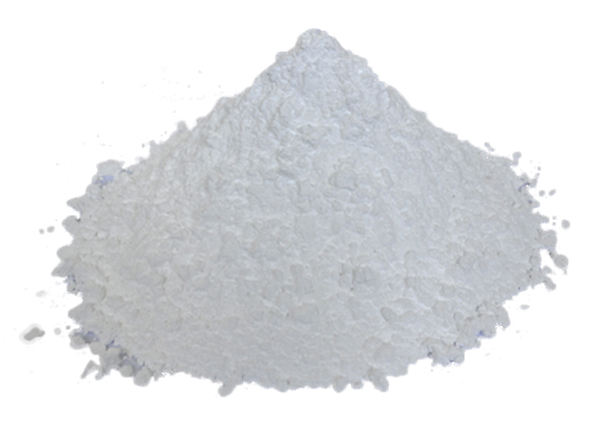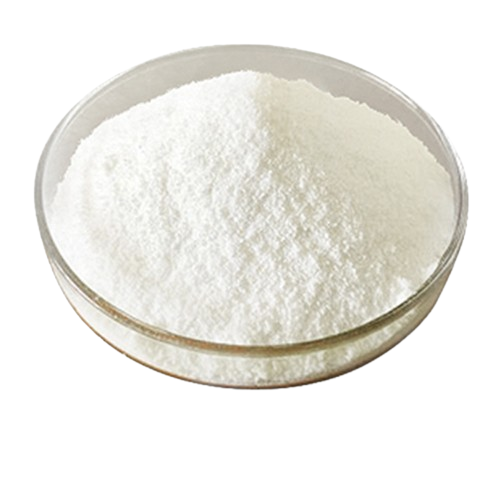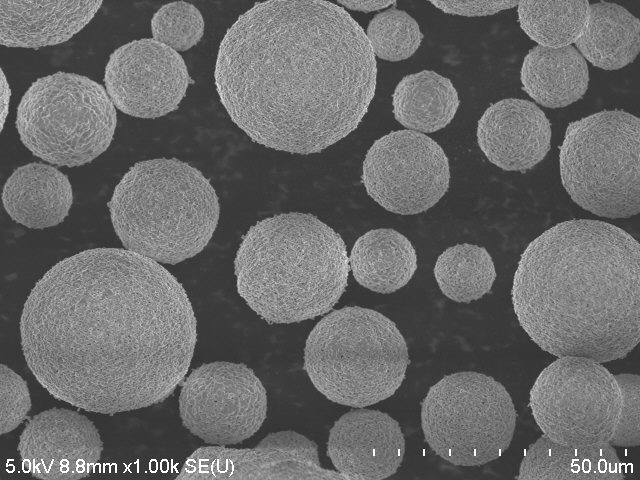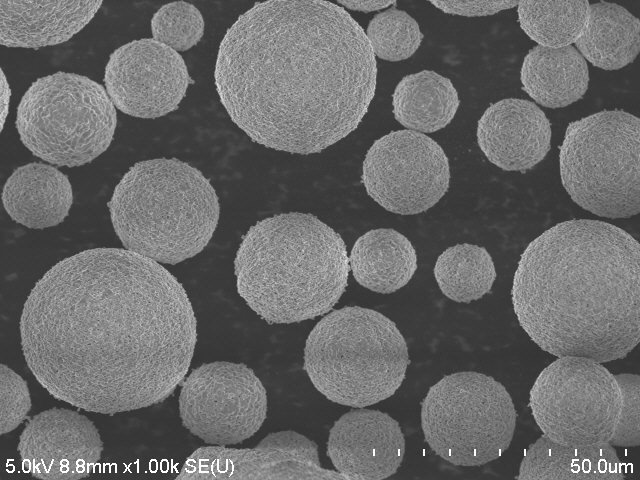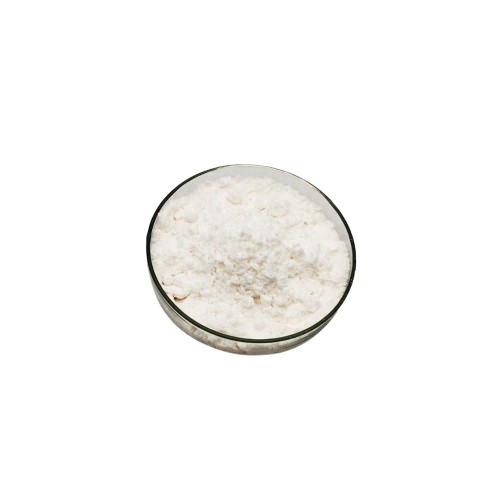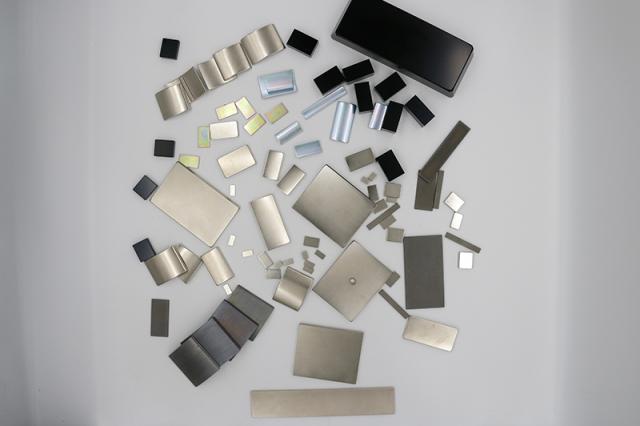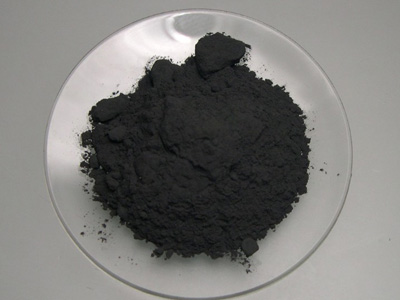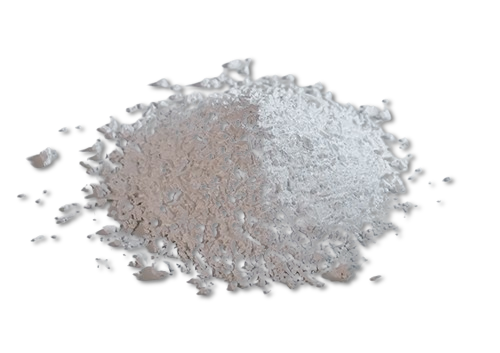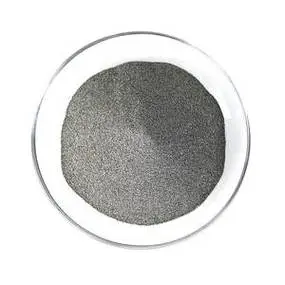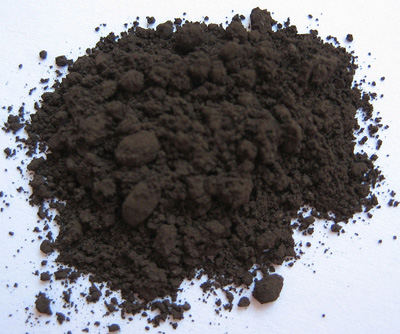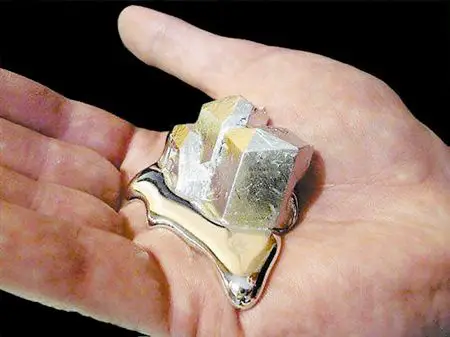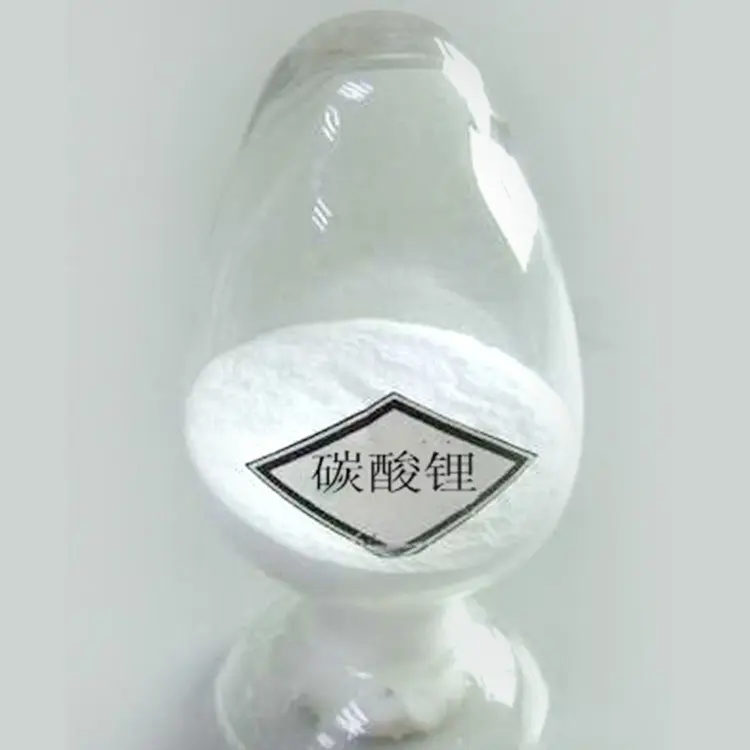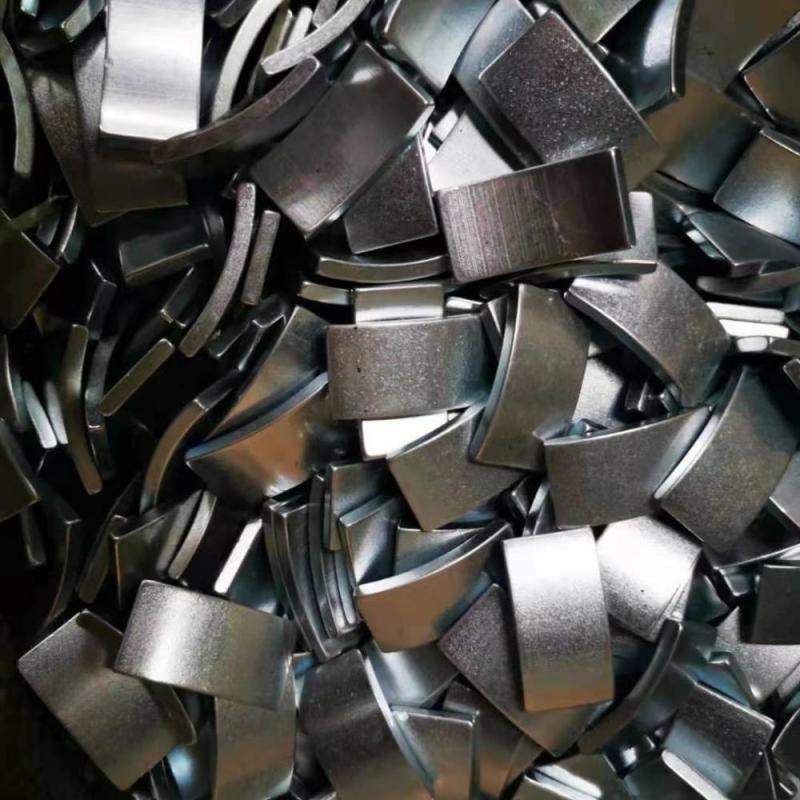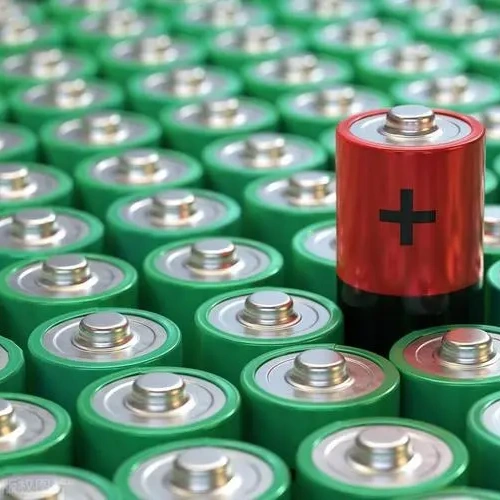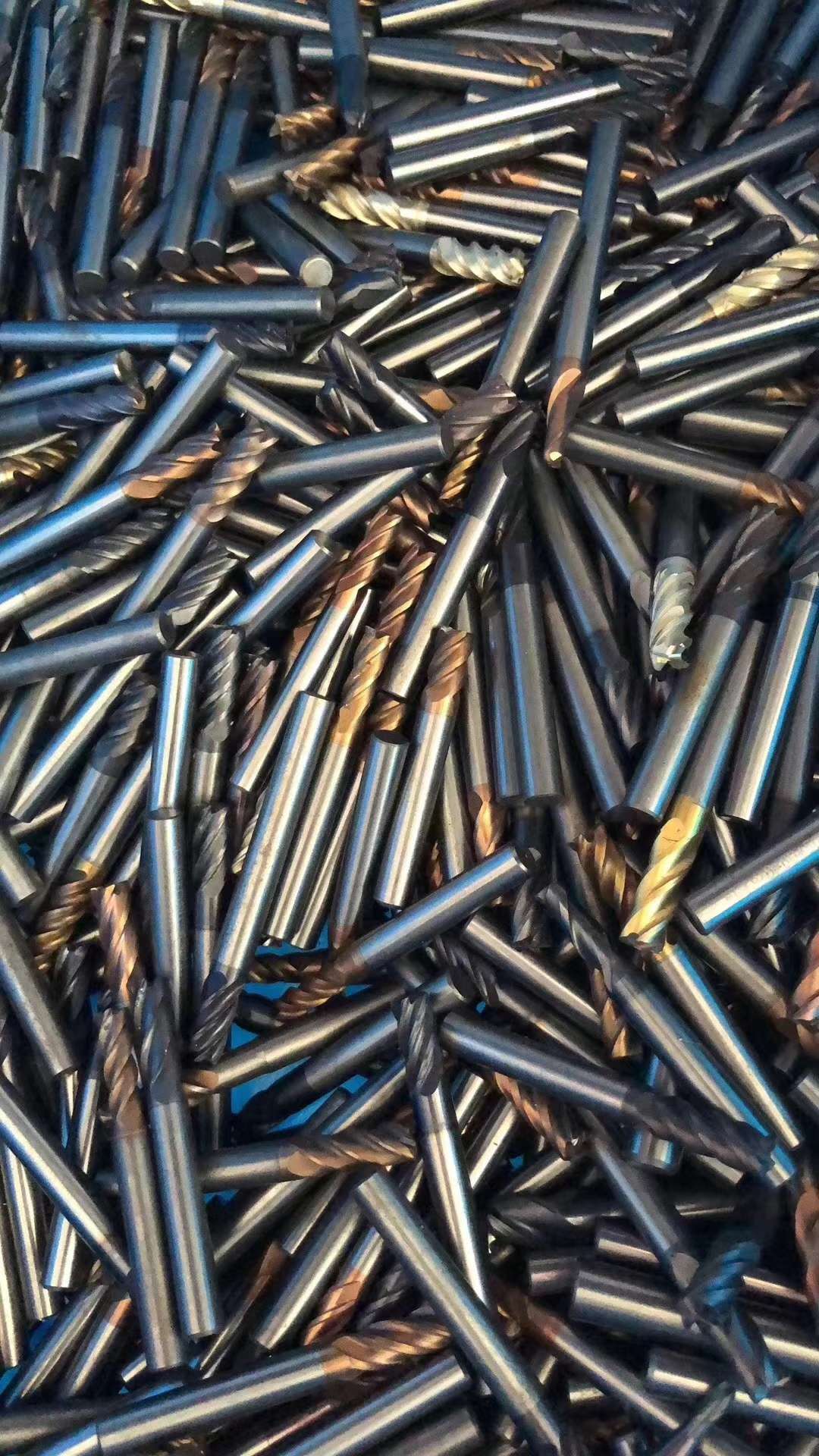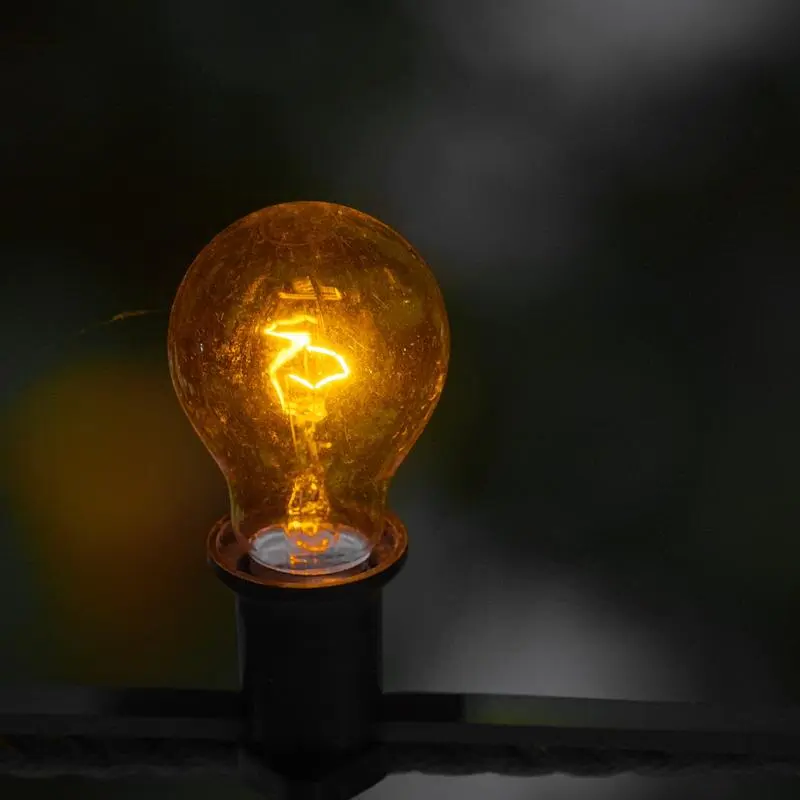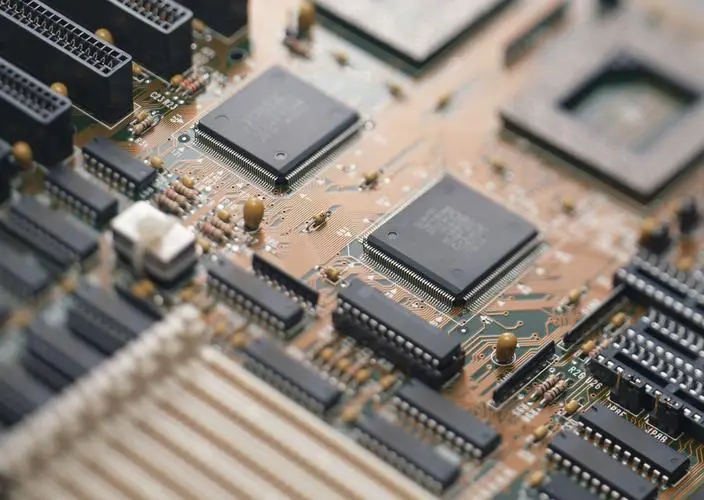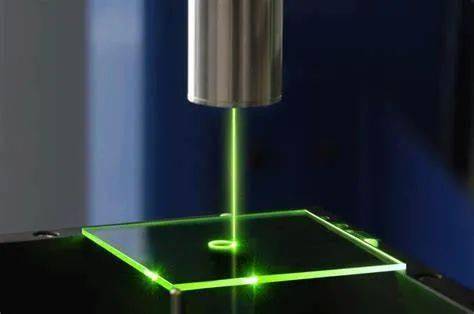In the manufacture of rare earth laser glass, ND3-ion is one of the most common resonator working substances. Mainly because Nd3- ions can cause absorption and luminescence, it is the luminous center of the resonator, 4f- electrons in Nd3- ions to a certain extent of the isolation effect, is the glass crystalline lattice on the height and width of the radiation belt impact, but also the energy level mixing and local splitting of the energy level of the reason for the film.
Since 1961, the pulse laser was obtained by using neodymium-doped silicate glass for the first time, which opened up the research of rare earth glass laser materials and devices. Rare earth ions that can generate laser in glass are Nd3+, Er3+, Ho3+, Tm3+, Yb3+ and so on. Because rare earth glass laser materials are easy to prepare, different sizes and shapes of glass can be prepared by hot forming and cold working. The glass component can change in a large range, so that the refractive index of the glass to the laser length can be changed, and the optical properties of the refractive index such as temperature coefficient, thermal optical coefficient and nonlinear refractive index can be adjusted to obtain laser materials with good optical quality and optical uniformity. In 1963, Changchun Institute of Optics and Precision Mechanics successfully developed neodymium-doped laser glass and developed neodymium glass lasers. In 1964, neodymium silicate glass and neodymium phosphate glass were developed with high gain, high quantum efficiency, low nonlinear refractive index, low loss coefficient, excellent mechanical properties, and strong impact capacity. These glasses have been successfully applied to our ICF large laser devices, becoming countries other than the United States, Japan, Germany and Russia that can prepare neodymium glass for ICF laser.



